Rebel Chic
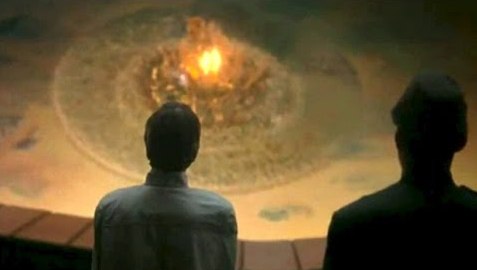 Yes, yet more Star Wars.
Yes, yet more Star Wars.
I still have a Patreon, as does Eruditorum Press (please give to the group before you give to me). And Wrong With Authority Ep 2 is still downloadable.
Note: This isn’t a ‘review’.
SPOILERS
As noted previously, Rogue One is a Second World War spy movie. This is probably why the Empire in Rogue One looks more explicitly Axis than ever before. And it was always pretty specifically Axis, with its Stormtroopers and its officers’ togs reminiscent of WW2 Japanese uniforms. But in Rogue One the Empire is placed specifically in the role of the baddies in a WW2 movie. I talked a bit about this last week, and Jane showed up in the comments to observe that Rogue One is also a Pacific Theatre movie, with its showdown in a beachy, tropical location, and its nukes.
The irony of the carefully scaled-down deployments of the Death Star is that their very comparatively small scale makes them spectacular in a way the destruction of Alderaan wasn’t. Alderaan just blows up. The city in Jedha, and the base on Scarif, are both destroyed locally, which means that the blasts can be observed from the point of view of the planet on which they occur. The result is, as Jane suggested, is something very visually reminiscent of the mushroom cloud, which itself – especially in this context – inevitably brings to mind Hiroshima and Nagasaki. As I myself noted in previous essays, Hiroshima and Nagasaki were always lurking in the series’ subconscious. Here they billow to the surface.
But there’s an obvious inference here. Hiroshima and Nagasaki were perpetrated by the United States. America remains the only country in history to ever actually deploy nuclear weapons – the ultimate indiscriminate killer, and therefore the ultimate war crime – against civilians as part of an actual conflict. Again, the implication of the US in the crimes of empire, of the twentieth century’s greatest horrors, has always lurked in the series. Here, again, it becomes more open than ever before. The scaling-back of the Death Star’s deployment makes the semiotic effect less bombastic, and hence less obscure. The Death Star becomes the Enola Gay, dropping Little Boy and Fat Boy on Jedha and Scarif. Consequently, the Empire is implicitly compared to the United States. Whereas before it has sometimes looked like the British Empire or the Confederacy, here it’s the USofA herself, and at the height of the good war and the greatest generation. More pertinently, it is the US at the historical moment when it became the world’s greatest superpower, which is another way of saying the world’s most powerful empire. This isn’t exactly coherent… you could certainly suggest that it looks like America attempting to put its own crimes onto the victims of those crimes… but sometimes incoherence is more eloquent. There is as much power in the implied association as in any implied victim-blaming, especially when you consider that there are other ways in which Rogue One flirts with implying quite a strong critique of US imperialism.…

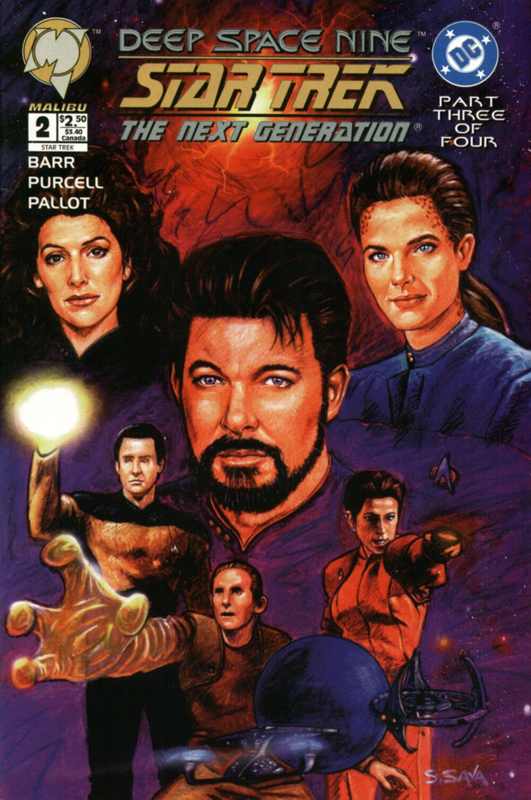 Commander Riker orders the ship to turn around immediately, but of course we can’t do that. If they go back through the Wormhole too quickly, the circuitry that allowed the Runabout safe passage in the first place might be damaged. So Will thinks fast, has the crew divert all power to shields and beam over to the other Runabout (the one that carried the admirals’ party). This shouldn’t be possible because transporters famously can’t penetrate shields, but whatever. And naturally, this plan doesn’t work either as the Evil Aliens soon catch onto it and beam everyone aboard themselves in a stasis field. Because captures and escapes are just how serials work.
Commander Riker orders the ship to turn around immediately, but of course we can’t do that. If they go back through the Wormhole too quickly, the circuitry that allowed the Runabout safe passage in the first place might be damaged. So Will thinks fast, has the crew divert all power to shields and beam over to the other Runabout (the one that carried the admirals’ party). This shouldn’t be possible because transporters famously can’t penetrate shields, but whatever. And naturally, this plan doesn’t work either as the Evil Aliens soon catch onto it and beam everyone aboard themselves in a stasis field. Because captures and escapes are just how serials work. You know, before you start reading this, I have a favor to ask. Go get a glass of water before you settle in. If you haven’t already? It can be cold or warm, with ice or bubbles or neat. Place it anywhere within arm’s reach — next to your keyboard, or on the coffee table, even in your lap if you want. But it has to be water – not coffee, not beer, not a soda. Just water.
You know, before you start reading this, I have a favor to ask. Go get a glass of water before you settle in. If you haven’t already? It can be cold or warm, with ice or bubbles or neat. Place it anywhere within arm’s reach — next to your keyboard, or on the coffee table, even in your lap if you want. But it has to be water – not coffee, not beer, not a soda. Just water. 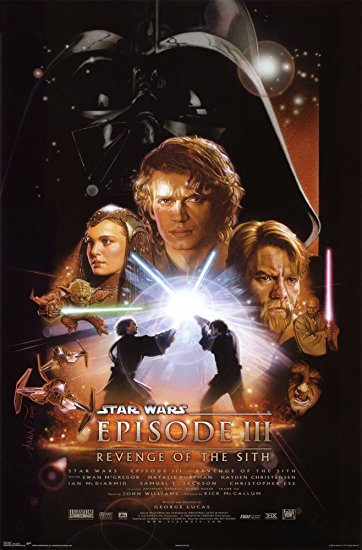 With
With 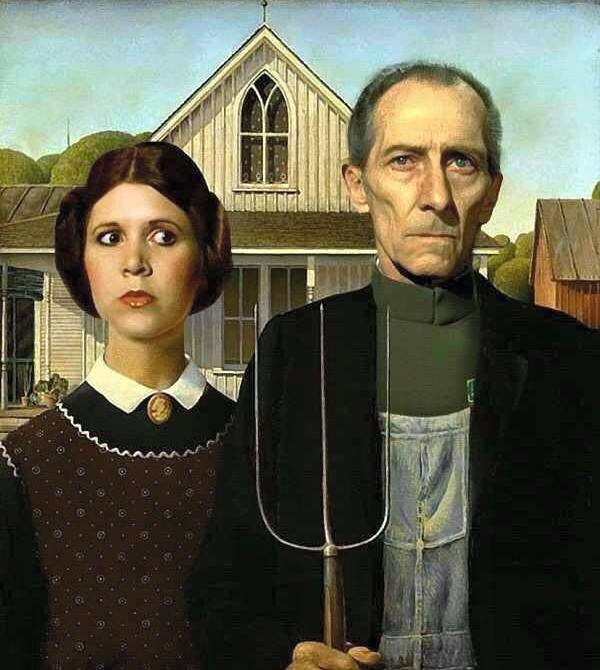 W
W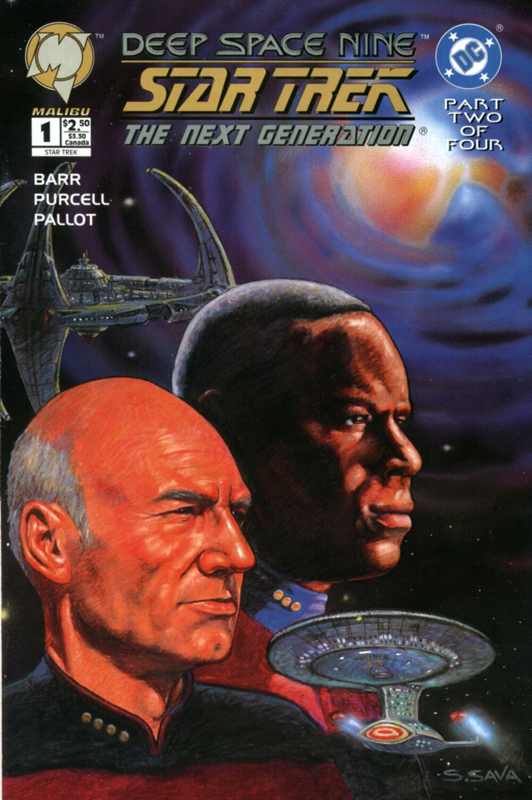 A fearsome storm rages on Bajor. Vedek Bareil surveys the fury from a balcony outside his temple. An attendant acolyte (who looks a hell of a lot like Vedek Winn but isn’t cited as being her) fears for his health, but Bareil only asks if everyone who has lost their homes due to the storm has been given sanctuary within, stressing that no-one must be turned away. The acolyte hopes the Prophets stop the storm, but Bareil hopes they grant them their wisdom on how to act.
A fearsome storm rages on Bajor. Vedek Bareil surveys the fury from a balcony outside his temple. An attendant acolyte (who looks a hell of a lot like Vedek Winn but isn’t cited as being her) fears for his health, but Bareil only asks if everyone who has lost their homes due to the storm has been given sanctuary within, stressing that no-one must be turned away. The acolyte hopes the Prophets stop the storm, but Bareil hopes they grant them their wisdom on how to act. Middle parts of trilogies are famously hard. Ironically, this fact largely benefits
Middle parts of trilogies are famously hard. Ironically, this fact largely benefits 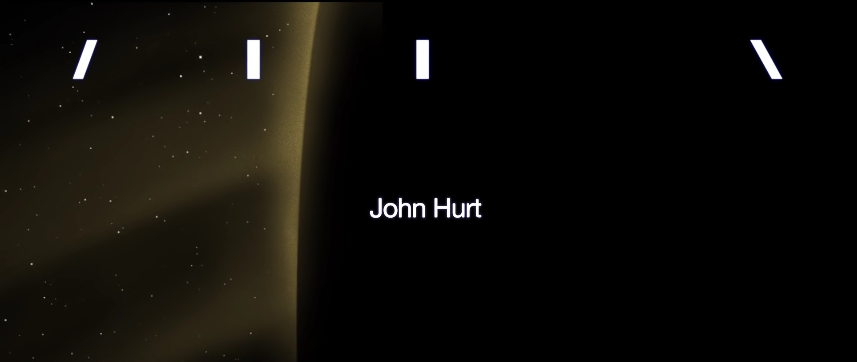 Bit of business to take care of…
Bit of business to take care of… It is with great pleasure that I am joined again by Ben Knaak for the second part of our examination of The Elder Scrolls series of video games. You may want to check out
It is with great pleasure that I am joined again by Ben Knaak for the second part of our examination of The Elder Scrolls series of video games. You may want to check out